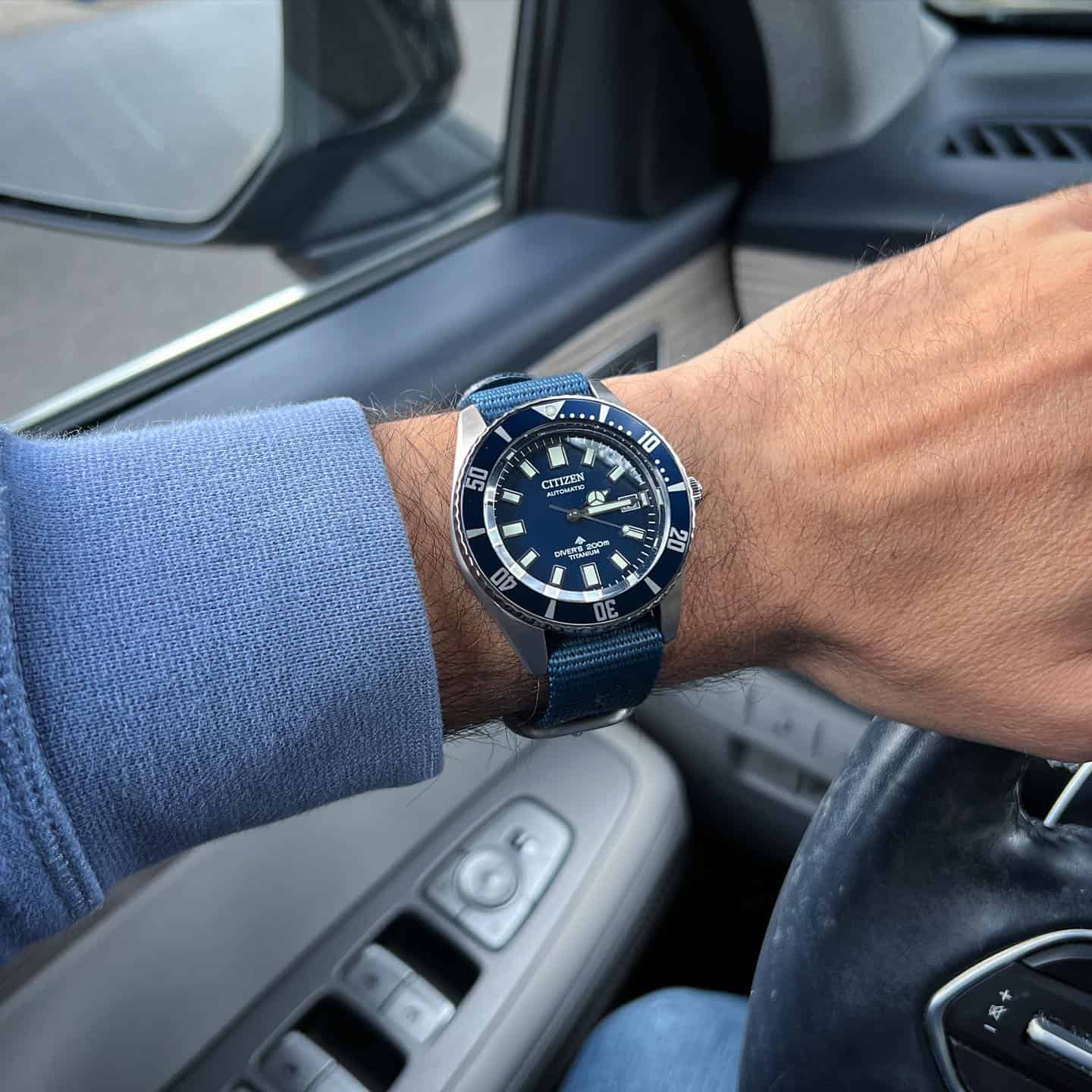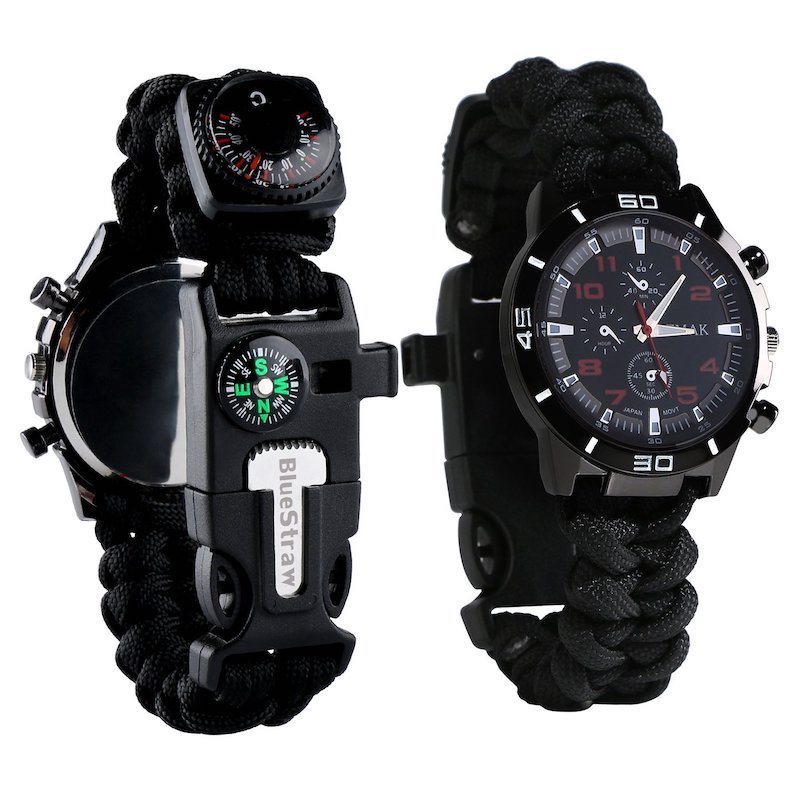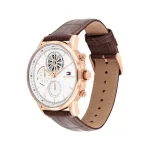Introduction:
So, you’ve decided to dip your toes into the world of watches. Whether it’s for style, utility, or a newfound passion for horology, finding the perfect starter watch can be a daunting task. With a myriad of brands, styles, and features to consider, it’s important to do your research before making a purchase. In this comprehensive guide, we’ll walk you through everything you need to know about starter watches, from understanding the different types of movements to choosing the right watch for your lifestyle and budget.
Part 1: Understanding the Basics
Level 1: Types of Movements
When it comes to starter watches, understanding the different types of movements is essential. Mechanical, automatic, and quartz movements each have their own unique characteristics and craftsmanship. Mechanical movements are powered by a spring and require regular winding, while automatic movements are self-winding and powered by the motion of the wearer’s wrist. On the other hand, quartz movements are battery-powered and known for their accuracy and low maintenance.
Level 2: Pros and Cons
Each type of movement has its own set of pros and cons. Mechanical movements are prized for their artisanal craftsmanship and traditional appeal, but they require regular maintenance and can be less accurate. Automatic movements offer the convenience of self-winding but may require occasional servicing. Quartz movements, while considered less prestigious, are renowned for their accuracy, low maintenance, and affordability.
Part 2: Choosing the Right Style
Level 1: Dress, Casual, or Sport
When it comes to style, starter watches are available in a variety of designs to suit different occasions. Dress watches are characterized by their elegant and understated appearance, making them ideal for formal events or professional settings. Casual watches are versatile with everyday attire, while sport watches can withstand more outdoor adventures.
Level 2: Timepiece Aesthetics
Beyond their purpose, watches come in a range of designs, colors, and materials. From classic stainless steel to trendy leather bands, the aesthetics of a watch can greatly impact its overall appeal. Consider factors such as case size, dial color, and strap material when choosing a style that aligns with your personal taste and preferences.
Part 3: Features and Complications
Level 1: Essential Features
Starter watches often come with a set of essential features such as date displays, water resistance, and luminous hands for improved readability in low light conditions.
Level 2: Additional Complications
Some watches may also offer additional complications such as chronographs, moon phase indicators, or GMT functions, adding extra functionality and visual interest to the timepiece. While these complications can enhance the watch’s appeal, they also tend to increase its complexity and cost.
Part 4: Budget and Quality
Level 1: Setting a Budget
When it comes to purchasing a starter watch, it’s important to set a realistic budget. While there are affordable options available, it’s worth considering the long-term investment of a quality timepiece.
Level 2: Quality Considerations
Quality should also be a top priority when purchasing a starter watch. Look for reputable brands with a history of craftsmanship and attention to detail. Consider factors such as case materials, movement quality, and overall finishing to ensure that your watch stands the test of time.
Part 5: Research and Reviews
Level 1: Brand Reputation and Reviews
Before making a purchase, be sure to research different watch brands and read reviews from both experts and customers. An understanding of brand reputation and customer experiences can help you make an informed decision.
Level 2: Try Before You Buy
Finally, it’s essential to try on different watches before making a final decision. Take the time to visit a reputable retailer and try on various styles to find the perfect fit for your wrist and lifestyle.
Part 6: Tips for Choosing the Right Starter Watch
When choosing a starter watch, there are a few key factors to consider to ensure you find the perfect timepiece for your needs. First, consider your personal style and preferences. If you prefer a more classic look, you may want to opt for a traditional analog watch with a leather band. If you prefer a more modern and sporty look, a digital watch with a silicone band may be more to your liking.
Next, consider the features that are important to you. Do you need a watch with a built-in stopwatch or alarm? Think about how you plan to use the watch and choose one with the features that will best suit your lifestyle.
It’s also important to consider the size and fit of the watch. Make sure the watch is comfortable on your wrist and not too bulky or heavy for everyday wear. Additionally, consider the durability of the watch. If you lead an active lifestyle, you may want to choose a watch with a scratch-resistant crystal and a sturdy band.
Finally, consider your budget. Starter watches come in a wide range of prices, so it’s important to set a budget and stick to it. Remember that a higher price doesn’t always mean better quality, so be sure to compare features and read reviews before making a decision.
By considering these factors, you can find the perfect starter watch that fits your style, needs, and budget.
Part 7: Taking Care of Your Starter Watch
Once you’ve chosen the perfect starter watch, it’s important to take good care of it to ensure it continues to look and function its best. Here are a few tips for taking care of your new timepiece:
- Keep it clean: Wipe down the watch regularly with a soft, dry cloth to remove any dirt, oils, or sweat that may have accumulated. For metal bands, you can use a mild soap and water to clean away any grime.
- Store it properly: When you’re not wearing your watch, be sure to store it in a safe place away from direct sunlight and extreme temperatures. If your watch has a leather band, avoid exposing it to moisture and consider using a leather conditioner to keep it looking its best.
- Get regular maintenance: If your watch is water-resistant, be sure to have it professionally tested and resealed regularly to maintain its water resistance. It’s also a good idea to have the battery replaced and the mechanisms checked by a professional watchmaker every few years to keep it running smoothly.
By following these care tips, you can keep your starter watch looking and functioning like new for years to come.
Part 8: Upgrading Your Starter Watch
As you develop a love for watches and become more knowledgeable about the different styles and movements, you may find yourself wanting to upgrade your starter watch to something more sophisticated. There are several ways you can go about this, depending on your preferences and budget.
One option is to upgrade to a watch with a more advanced movement, such as an automatic or mechanical movement. These movements are typically more precise and durable than quartz movements and are often found in higher-end timepieces. If you’re interested in the craftsmanship and history of watchmaking, upgrading to a watch with a mechanical movement may be the perfect next step for you.
Another option is to upgrade to a watch from a renowned luxury brand. These watches are often made with high-quality materials and are known for their precision and attention to detail. While they may come with a higher price tag, owning a luxury watch can be a rewarding investment and a symbol of status and sophistication.
If you’re on a budget, consider upgrading to a watch with more advanced features, such as a chronograph, moon phase display, or multiple time zones. These features can add an extra level of functionality and style to your timepiece without breaking the bank.
No matter which route you choose, upgrading your starter watch can be an exciting and rewarding experience as you continue to explore the world of horology and find the perfect timepiece to suit your style and needs.
Conclusion:
Finding the perfect starter watch is a personal journey that requires careful consideration of movement types, style preferences, features, and quality. By understanding the basics and conducting thorough research, you can make an informed decision and kickstart your watch collection with a timepiece that resonates with your style and personality. So, whether the classic craftsmanship of a mechanical movement or the modern convenience of a quartz watch, the world of starter watches has something for everyone. Cheers to finding the perfect timepiece to accompany you on life’s adventures.





